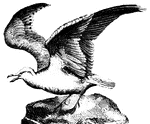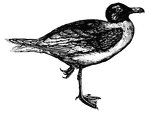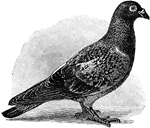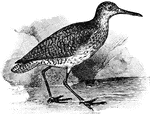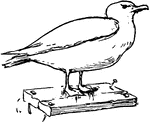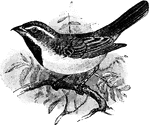Clipart tagged: ‘gull’

Elastic Spiral Wings of the Gull
An illustration of elastic spiral wings of the gull. "a b, Anterior margin of the left wing; c d, Posterior…
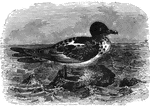
Cape Fulmar
The cape petrel or fulmar is about the size of a small duck and inhabits the southern seas.
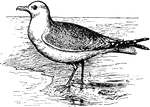
Gull
Gulls are in general medium to large birds, typically grey or white, often with black markings on the…
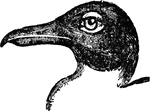
Black-headed Gull
"A long-winged water-bird with webbed feet, inhabiting all parts of the world. The group to which gulls…

Great Black Backed Gull
"A long-winged water-bird with webbed feet, inhabiting all parts of the world. The group to which gulls…
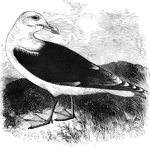
Great Black-Billed Gull
Feeding chiefly on fish, the great black-billed gull has been known to feed on small birds.
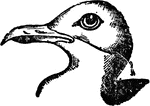
Herring Gull
"A long-winged water-bird with webbed feet, inhabiting all parts of the world. The group to which gulls…
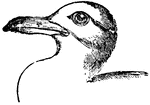
Killiwake Gull
"A long-winged water-bird with webbed feet, inhabiting all parts of the world. The group to which gulls…
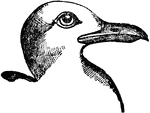
Small Black-Backed Gull
"A long-winged water-bird with webbed feet, inhabiting all parts of the world. The group to which gulls…

Natatores
A group of birds of the order natatores, whose webbed feet are well adapted for propelling them on and…
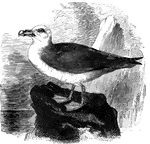
Fulmar Petrel
Distributed throughout the northern regions of the Atlantic, the fulmar petrel prefers to nest in the…
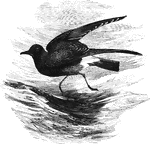
Stormy Petrel
The smallest of the web-footed birds, the stormy petrel averages only about six inches in length.
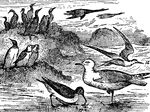
Types of Seashore Life
9. Cormorant, 10. Guillemot, 11. Puffin, 12. Sanderling, 13. Herring Gull, 14. Tern.

Skimmer
In skimmers the upper beak is shorter than the lower beak, allowing it to pick up shrimp and small fish…
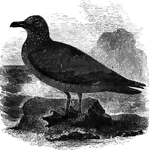
Common Scua
Found throughout Northern Europe, the common skua has been known to attack other birds in order to steal…
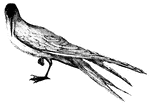
Tern
These birds are remarkable for their buoyant, graceful, easy flight, and the soft loose texture of their…
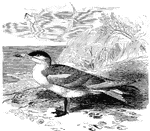
Caspian Tern
"Sterna (T.) caspia. Caspian Tern. Imperial Tern. Bill dark vermilion red, growing and somewhat "diaphanous"…


